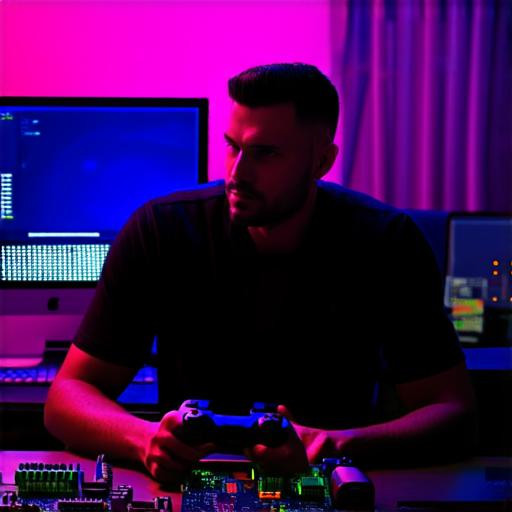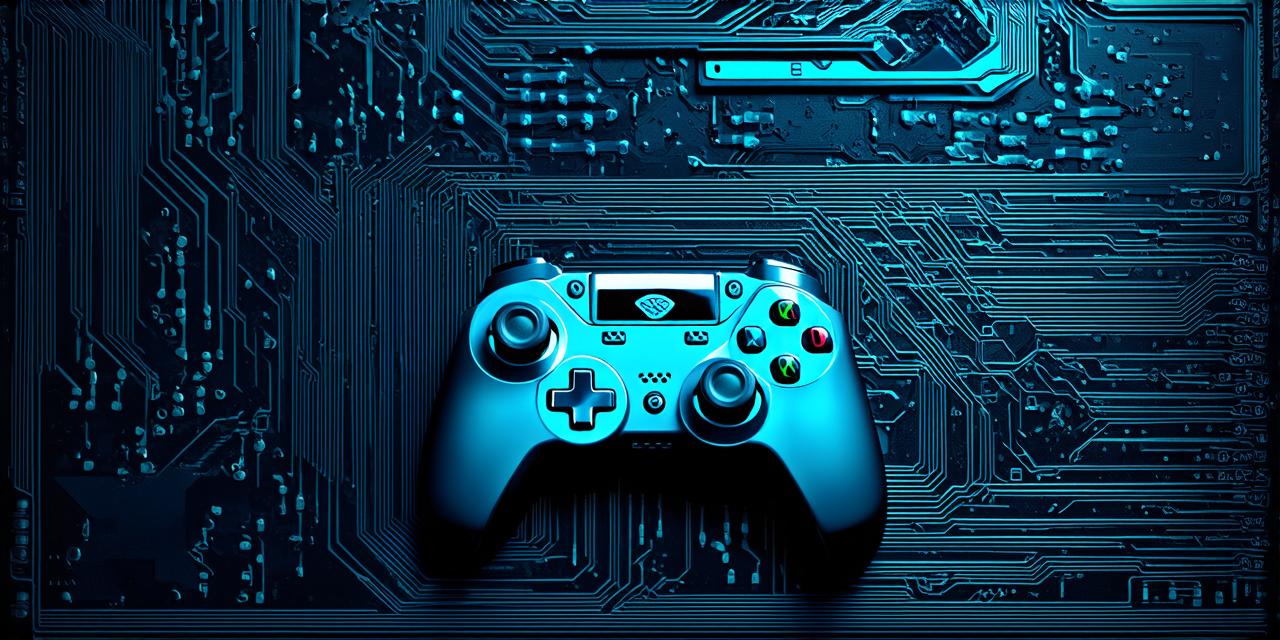Are you a game developer looking to start your own video game project? If so, you may be wondering what the first step should be. Well, wonder no more! In this article, we will explore the best initial step for a game developer when starting to develop a new video game. We will also discuss some of the other important factors that come into play when creating a successful video game.
Firstly, let’s take a look at the different steps that a game developer can take when starting their project. There are several options available, including:
-
Conceptualization: This is the process of brainstorming ideas for your game and defining what it is all about. It involves coming up with a unique concept that will set your game apart from others on the market.
-
Design: Once you have a concept for your game, the next step is to design the game mechanics and rules. This includes deciding on the type of game you want to create (e.g., action, adventure, puzzle), as well as defining the characters, levels, and other elements that will be included in the game.
-
Development: Once your design is complete, it’s time to start building the game itself. This involves creating the graphics, programming the game mechanics, and testing the game to make sure it’s running smoothly.
-
Marketing: The final step in developing a video game is marketing it to potential players. This includes creating a website or social media presence for your game, as well as promoting it through paid advertising campaigns.
Now that we have an understanding of the different steps involved in developing a video game, let’s take a closer look at each one and see which one might be the best starting point for a game developer.

Conceptualization: This is the first step in the game development process and involves brainstorming ideas for your game. It’s an important step because it sets the foundation for everything that will follow. Without a strong concept, it will be difficult to create a successful game. However, conceptualization can also be time-consuming and may require some level of expertise in game design.
Design: Once you have a concept for your game, the next step is to design the game mechanics and rules. This is an important step because it helps to ensure that your game is fun and engaging for players. However, it can also be a challenging step, particularly if you’re not familiar with game design principles.
Development: Once your design is complete, it’s time to start building the game itself. This involves creating the graphics, programming the game mechanics, and testing the game to make sure it’s running smoothly. It’s an exciting step in the game development process because you get to bring your idea to life. However, it can also be a challenging step, particularly if you’re not familiar with programming or game development tools.
Marketing: The final step in developing a video game is marketing it to potential players. This is an important step because it helps to ensure that your game reaches the right audience and generates interest from potential players. However, it can also be a challenging step, particularly if you’re not familiar with marketing principles or have limited resources for promotion.
Now that we have a better understanding of each of these steps, let’s consider which one might be the best starting point for a game developer. In my opinion, the best starting point would be conceptualization. This is because it sets the foundation for everything that will follow and ensures that your game has a strong concept that will appeal to potential players.
Case Study: Let’s take a look at an example of a successful video game that started with a strong concept. Minecraft, the popular building simulation game, was created by Markus Persson in 2009. At the time, Persson had no prior experience in game design and simply had an idea for a simple building block game that he wanted to share with the world.
